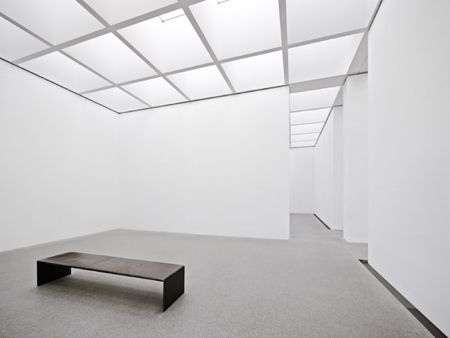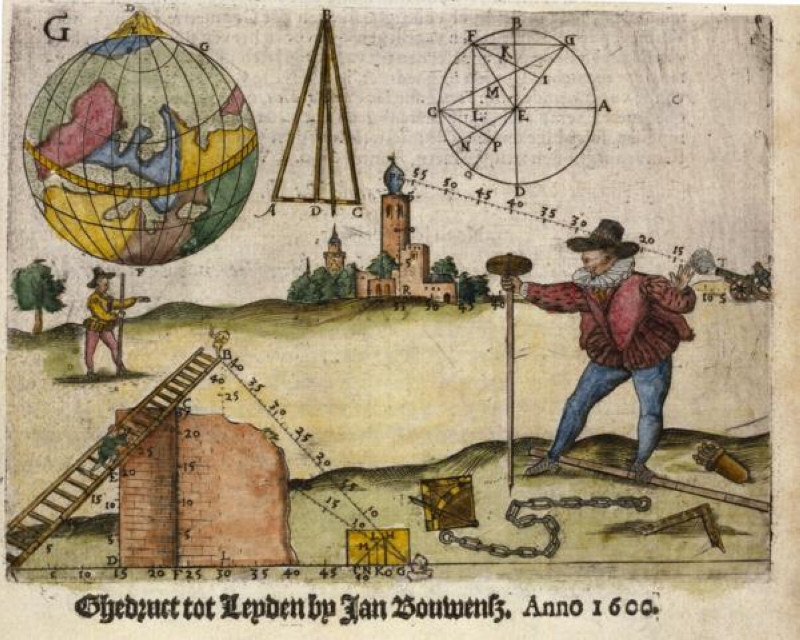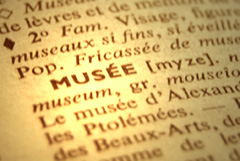Surveys of museums and galleries have always excluded galleries that do not have permanent collections. In 1963 the Standing Commission for Museums and Galleries conducted a review of the UK museums sector. Its authors stated that they would exclude national institutions, but otherwise they would try ‘to cover all museums and galleries with a permanent collection which are open to the public, regardless of their importance’. As they went on to observe, their definition excluded ‘exhibition galleries which have no permanent collection, like the Whitechapel Art Gallery or the Arts Council Gallery at Cambridge’. This particular boundary line has remained more or less consistent throughout the last sixty years of data collection. The Whitechapel Gallery did not feature in the major DOMUS survey of the 1990s and does not appear on the Arts Council list. Likewise, the Baltic gallery in Newcastle which has no permanent collection is similarly absent, as are numerous small organisations that hold changing exhibitions.
At stake here is the importance of collections in the characterisation of museums within the UK. Their centrality is most evident in definitions of museums. When the Museums Association first formulated a definition in 1971, they stated that they were institutions ‘where objects relating to the arts, sciences or human history are collected, adequately recorded, displayed, stored and conserved’, and they kept the emphasis on collections in the 1984 definition, which read that ‘a museum is an institution which collects, documents, preserves, exhibits and interprets material evidence and associated information for the public benefit’. This was superseded in 1998 by the current dictum, which states that ‘a museum collects, safeguards, researches, develops, makes accessible and interprets collections and associated information’. Yet despite the changes in terms, all three definitions maintain that a museum had to actively collect and to care for objects, and thereby establish the centrality of collections to the constitution and identity of a museum. Most surveys conducted in the UK from the 1970s onwards have observed the relevant definition, and so galleries without collections have been routinely omitted from data collection.
This exclusion raises a question for our research, which is: should we include or exclude galleries without collections from our research? In the 1960s and 70s collections were the defining feature of a museum, and so the exclusion of galleries without permanent collections did make sense. Since then, that orientation has come into question. In his notable article ‘From Being about Something to be Being for Somebody’, the American curator and commentator Stephen Weil observed that a combination of economic imperatives and a growing sense of professionalism has prompted museums to become outward facing and to actively foster their audiences. This changed orientation has led to more exhibitions that are organised around a topic or theme, rather than around the institutions’ holdings, and to the greater use of explanatory texts, photography, audio-visual material, and interactive opportunities. Noting these curatorial trends, Stephen Conn asked ‘do museums need objects?’ and it has become increasingly clear that some venues did not, or else they only needed a few. Many museums present immersive and theatrical experiences, or use architecture to create an emotional response in the viewer, and while they may also exhibit artefacts, they are not necessarily centre-stage.
The primacy of collections has also been questioned in relation to intangible heritage. In the 1970s and 80s heritage practitioners became increasingly aware that song, dance, food, theatre, and ritual practices were important cultural manifestations that may also require a degree of protection. In Japan people with a high degree of expertise in specific crafts and practices had been designated Living National Treasures and provided with degree of financial and practical support. Western commentators began to recommend a similar approach was taken to other cultures and the issues were extensively debated at a series of UNESCO general conferences. In 2003 the Convention for the Safeguarding of Intangible Cultural Heritage was published, which emphasised that cultural heritage does not end at monuments and collections of objects. Rather includes ‘traditions or living expressions inherited from our ancestors and passed on to our descendants, such as oral traditions, performing arts, social practices, rituals, festive events, knowledge and practices concerning nature and the universe or the knowledge and skills to produce traditional crafts’. It is within this context that heritage and to some degree museums became much less object-focused.
In many respects, venues such as the Whitechapel Gallery and the Baltic more closely resemble traditional museums than the newer venues that prioritise experience or those that focus on cultural practices more generally. Even if galleries do not own a collection, or hold it in public trust, they do focus upon, show and interpret objects. Given these shifts in museum practice, excluding galleries without holdings may be anomalous.
On the other hand, galleries without collections do function differently in that they do not care for objects in the long-term. The staff do not focus on keeping things for posterity but on short-term exhibitions, and this gives those venues a very different orientation. The institutions are different in kind. Moreover, including galleries without collections has the practical implication of massively increasing the number of venues that need to be listed. There are hundreds, possibly thousands, of art centres and exhibition spaces that would qualify for inclusion and the scope of the project would massively increase.
What do you think? Should art galleries without collection be in or out of the Mapping Museums dataset?
Copyright of Fiona Candlin January 2018


